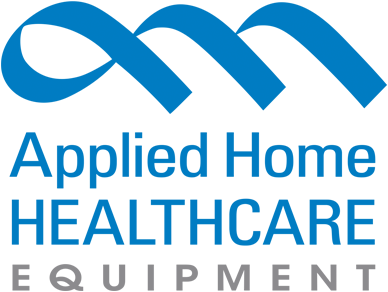PRODUCT CATEGORIES
CLASSES/REGISTRATION
WHAT'S YOUR ROLE?
16 Tips for Oxygen Safety at Home
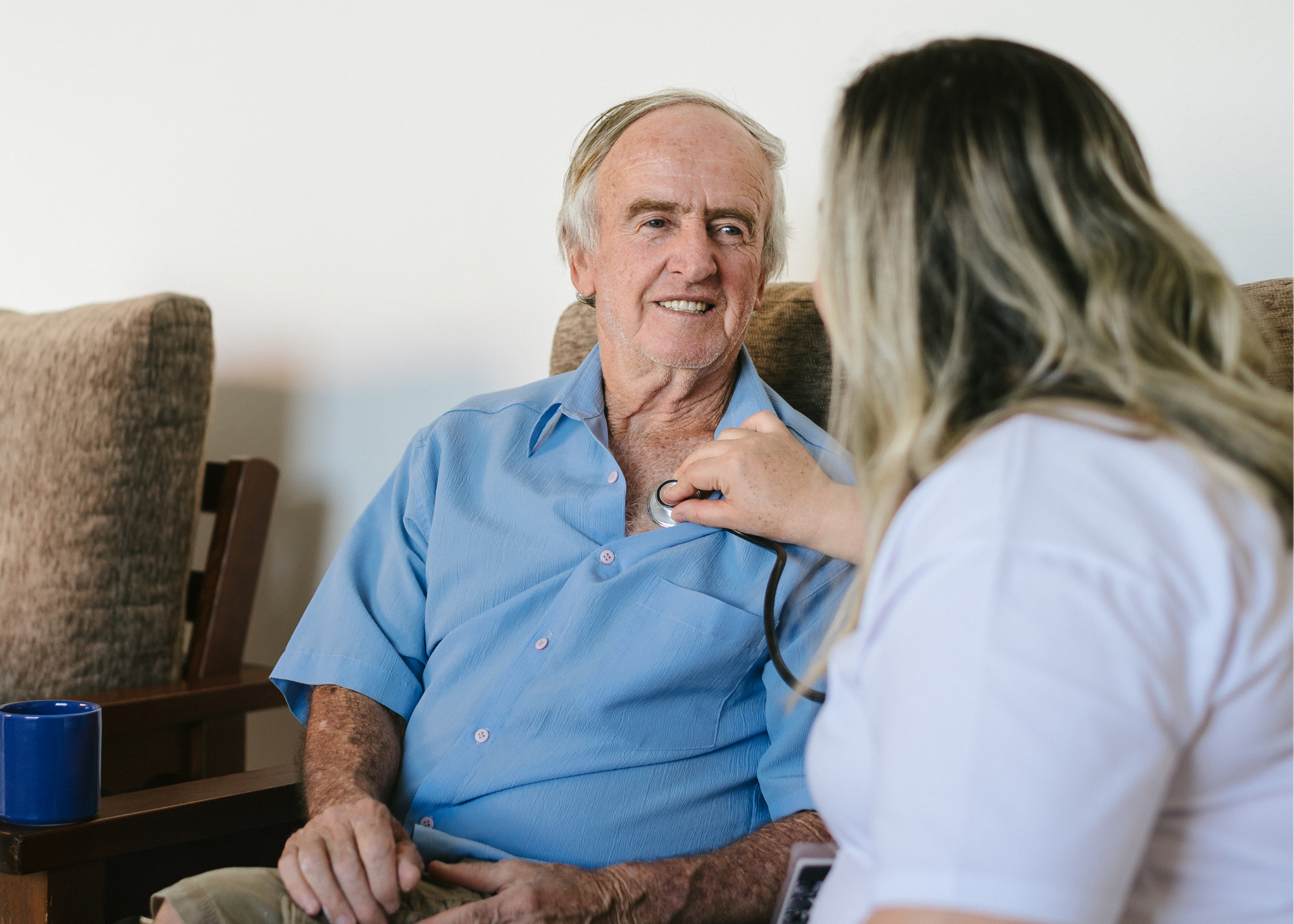
Oxygen is very safe to have in the home, as long as these guidelines are followed.
Are the following 16 tips included in your oxygen safety training for your patients?
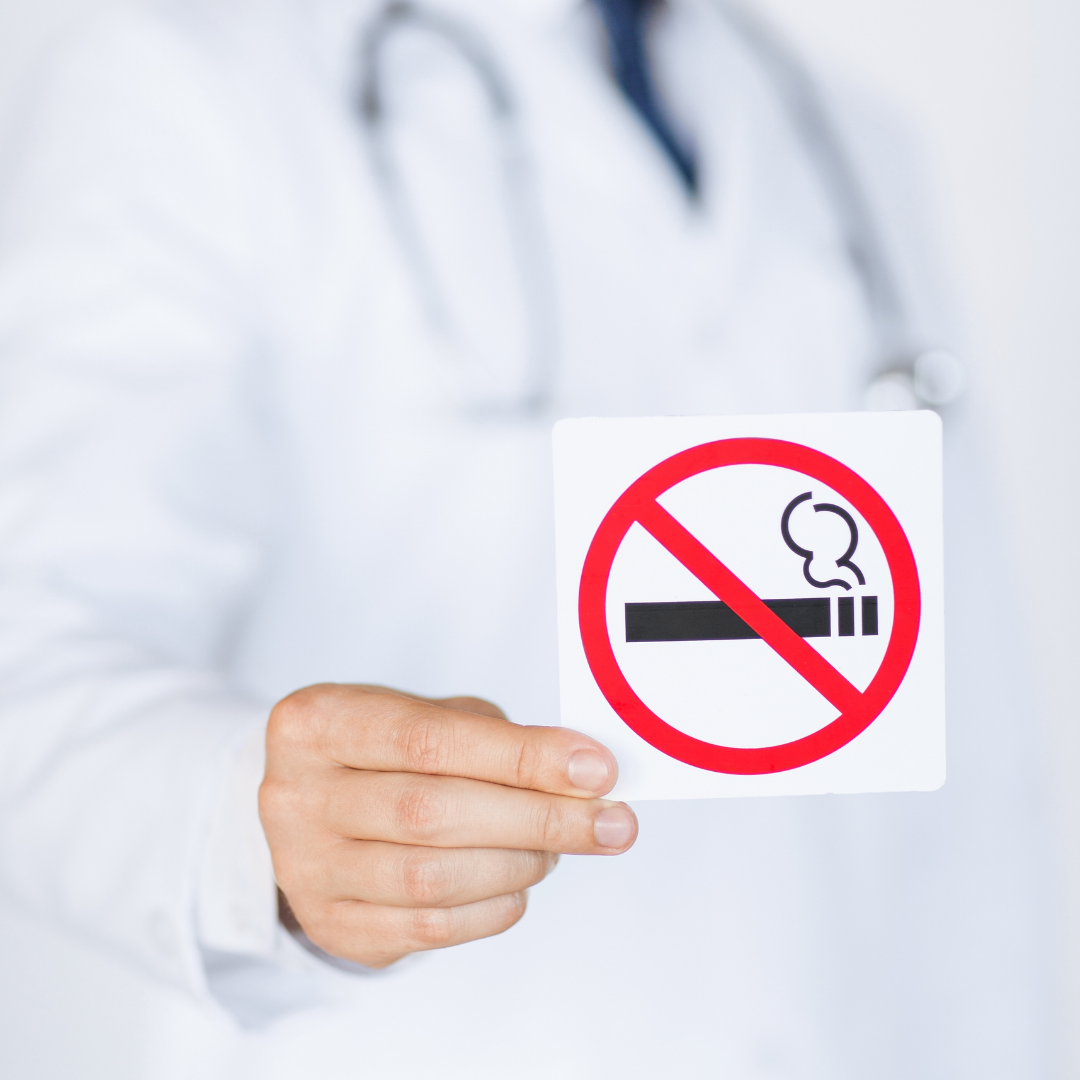
1. Teach your patients to never smoke while on oxygen or go near an open flame.
Rule of thumb: Never allow oxygen to come within 10 feet of an open flame or extreme heat source. Remind patients to remove their oxygen while cooking, even if using an electric stove.
2. Store extra portable cylinders lying on their sides. Do not keep any cylinders standing upright if they are not supported either in a tank base, tank holder, portable cart, or secured with chain or rope.
3. Keep a "Not Smoking" sign visibile at all times. A no smoking sign should be posted in the room or area that contains oxygen.
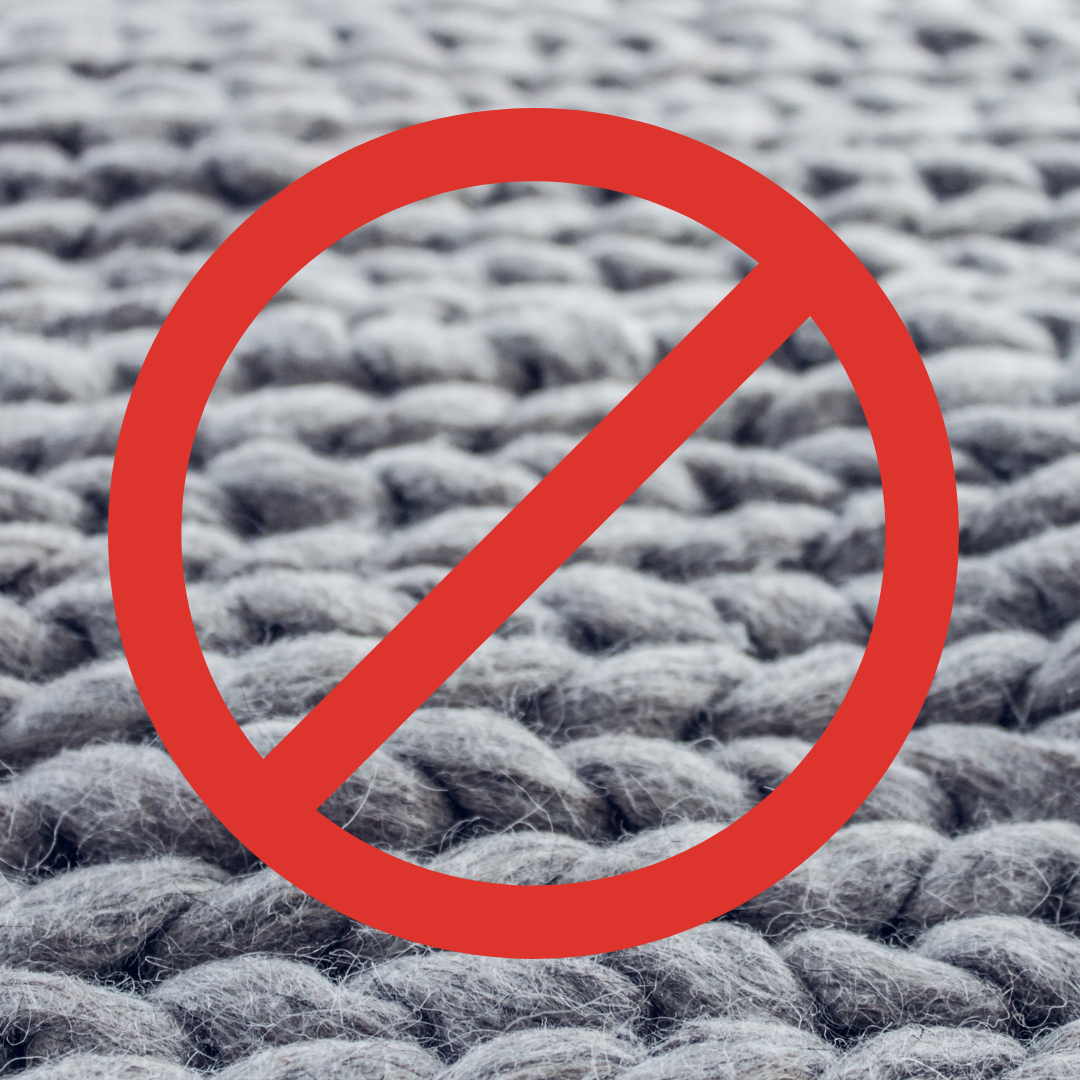
4. Do not use bedding or clothes made of wooll, nylon, or synthetic fabrics
- as these materials have the tendency to produce static electricity.
Using materials made of cotton will help elimniate sparks from static electricity.
5. Do not use petroleum based products such as petroleum jelly.
6. Do not use oil, grease or other petroleum based products in or around the oxygen.
7. Do not leave oxygen equipement turned on when it is not use.
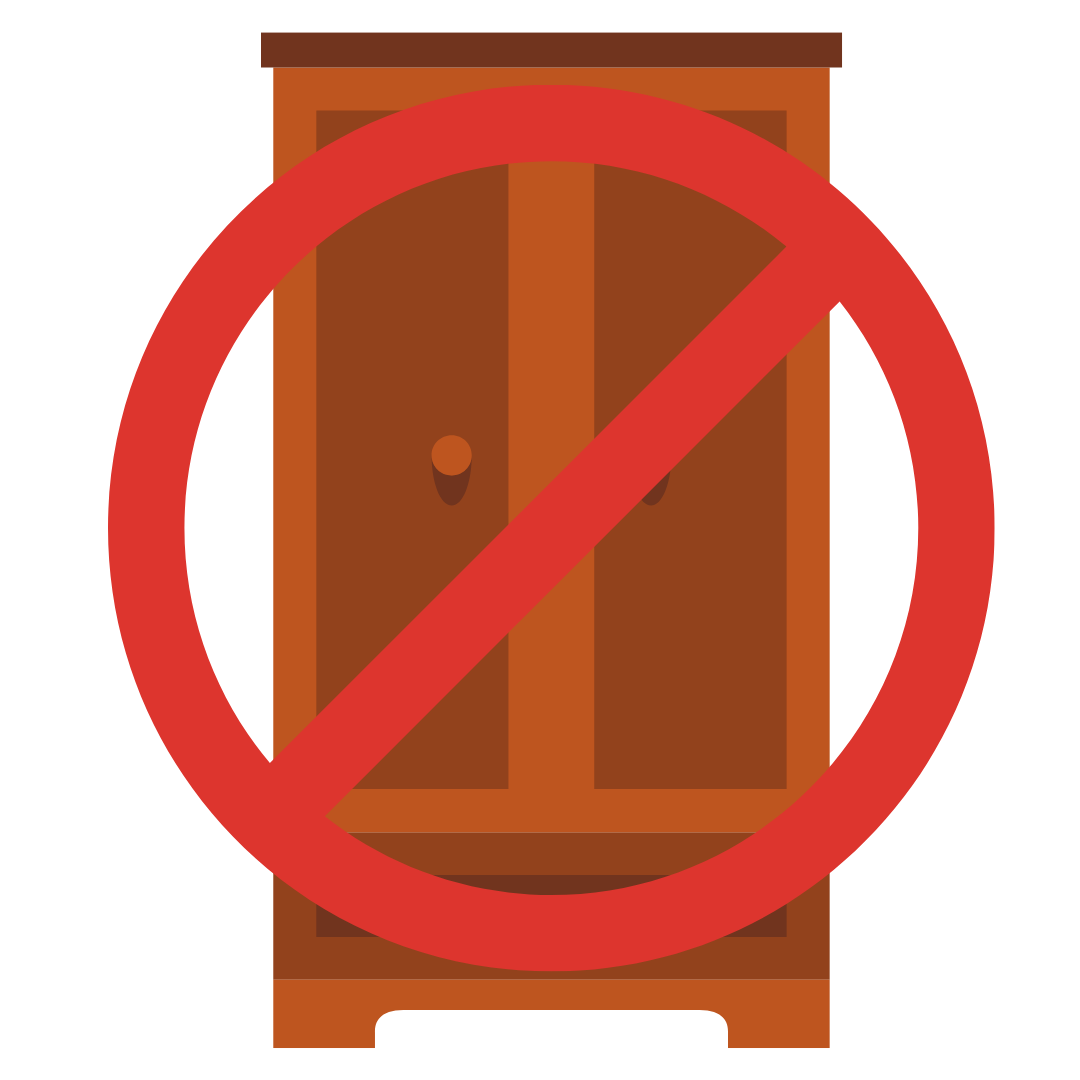
8. Do not store oxygen in an enclosed area such as a car, closet or wardrobe. When traveling in a car with oxygen, always have a window slightly opened.
9. Do not allow the oxygen tubing to be covered by bedding, carpet, or furniture.
10. Do not allow children or untrained individuals to handle or operate oxygen equipment.
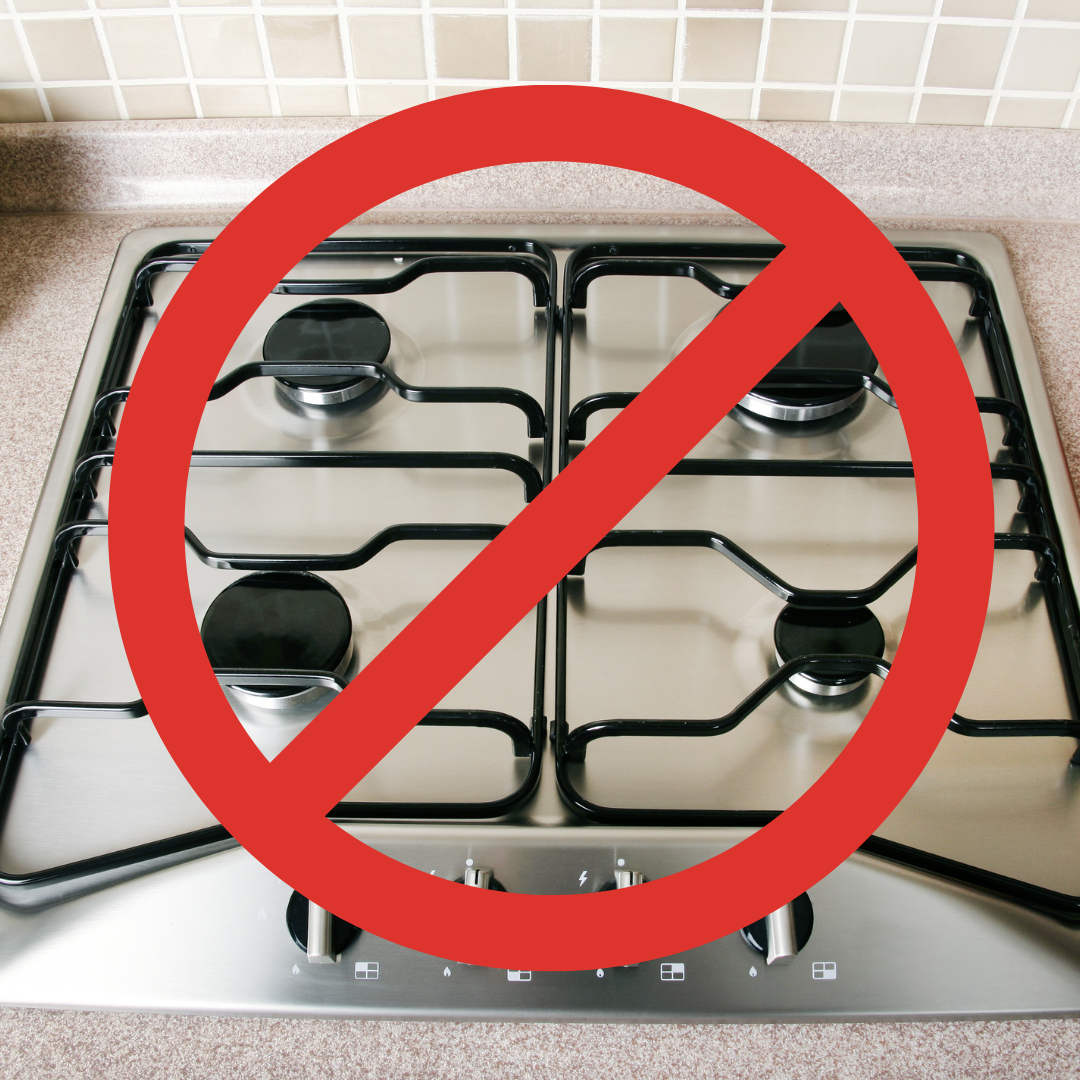
11. Do not place oxygen equipement near heaters, stoves, or other sources of heat.
12. Do not touch the frosted piping connectors on the liquid reservoir or portable.
13. Keep liquid portables tored in the upright position. Do not lay them on their side.
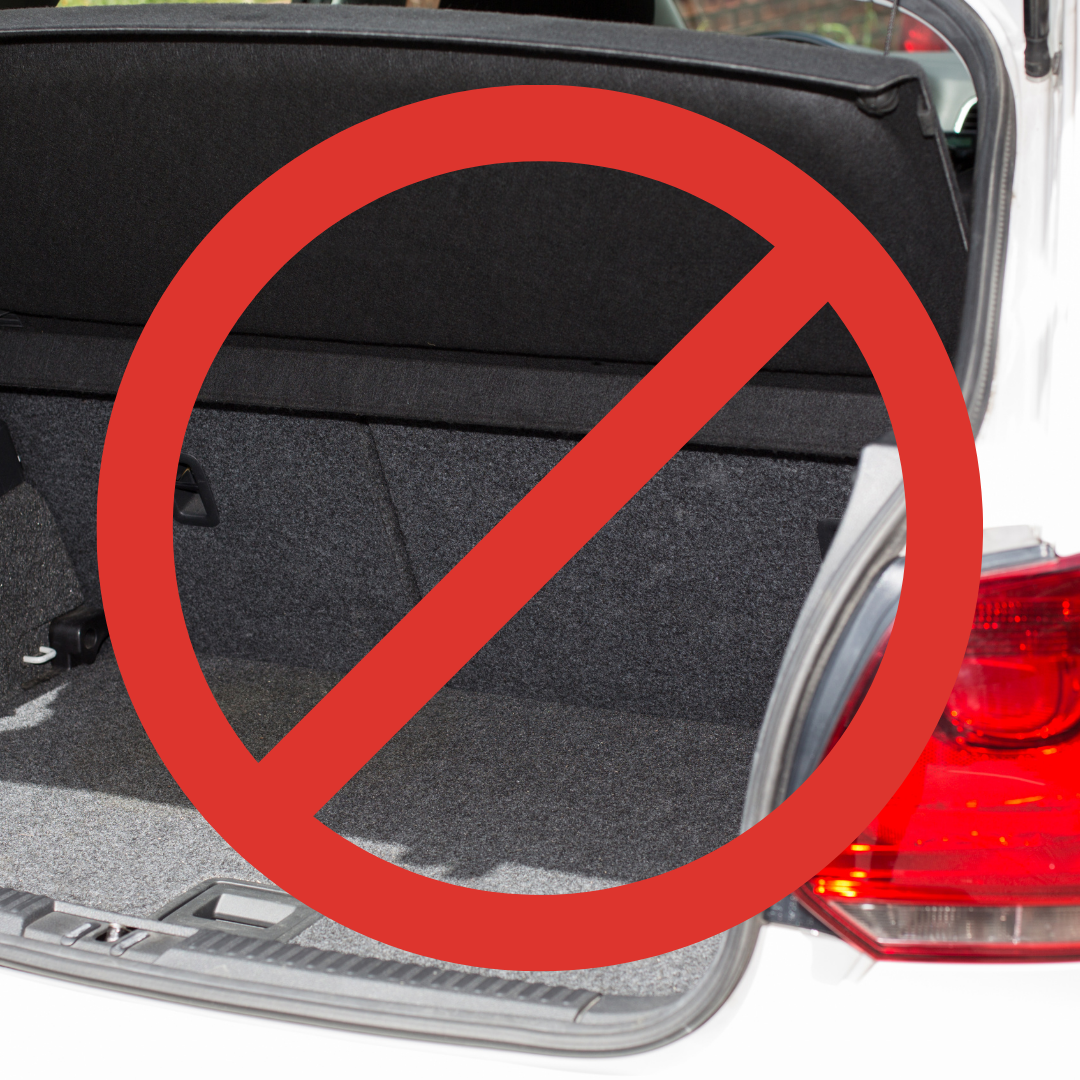
14. Do not place oxygen cylinders in trunks of cars.
15. Do not abuse or handle the oxygen equipment roughly.
16. Open the oxygen tank valve slowly.
For more information, call 888-327-7301 or email us at info@applied-inc.com
You Might Also Like
Subscribe to our Email List
Get the latest regulatory info, accreditation news and exclusive discounts!
 View Cart []
View Cart []